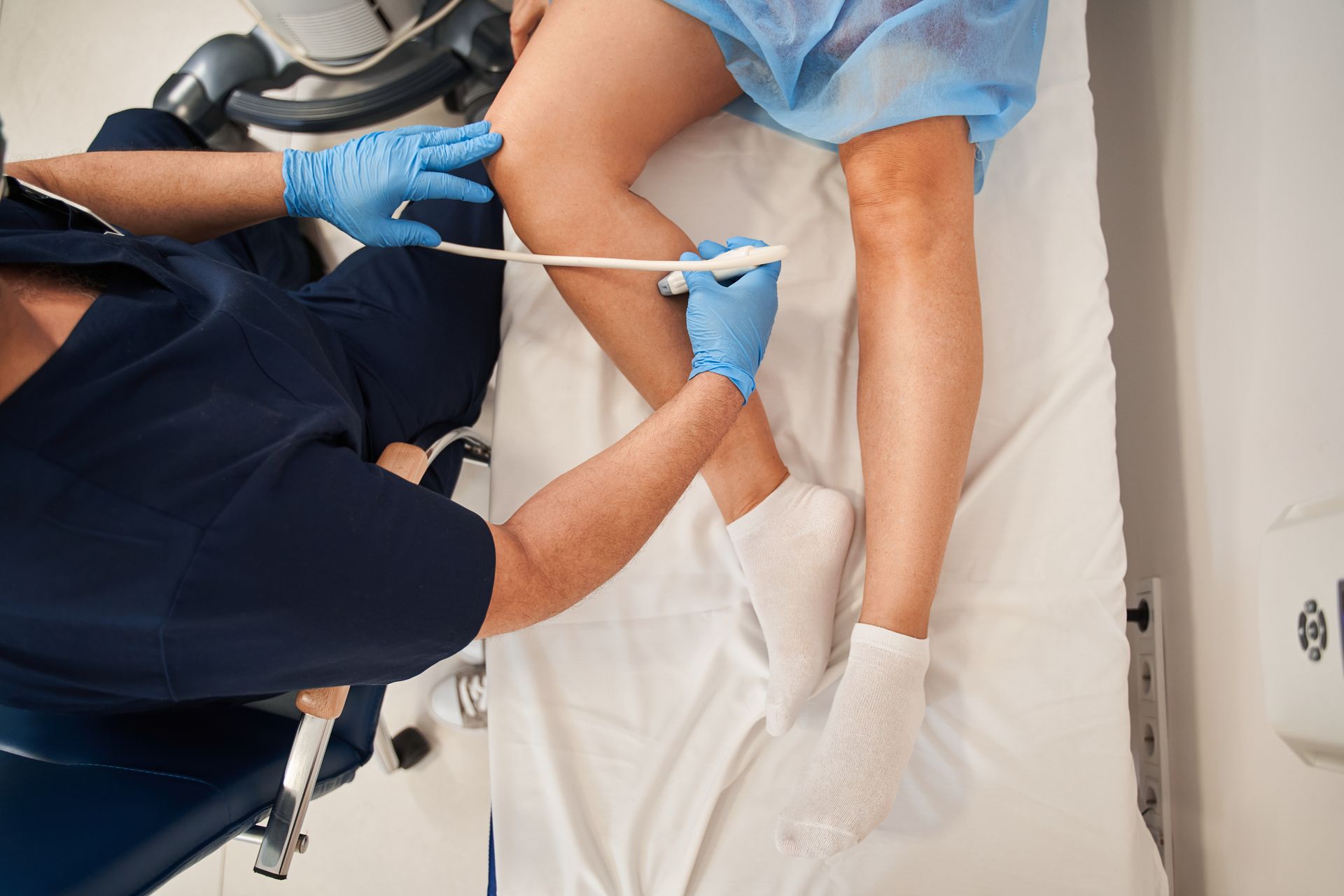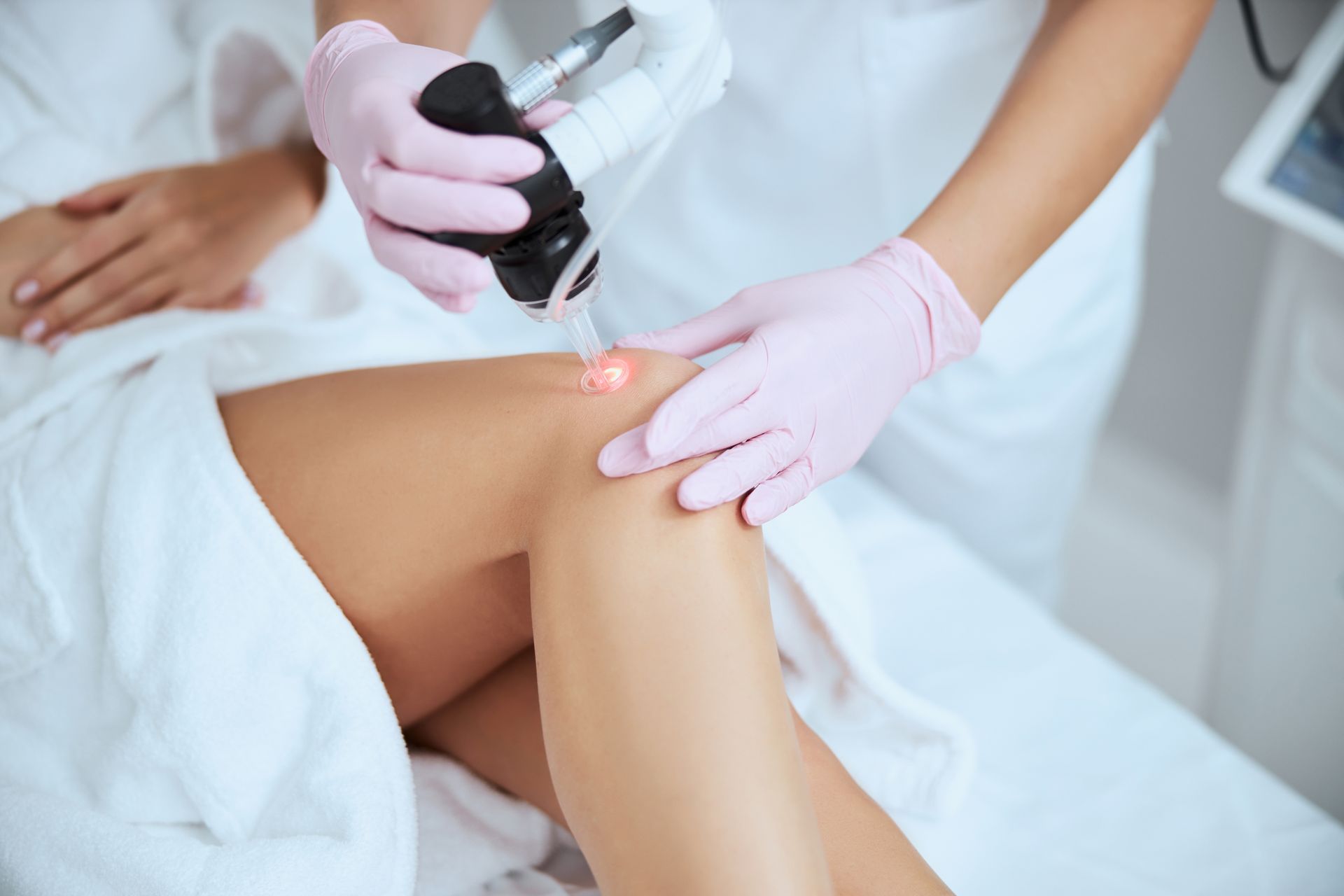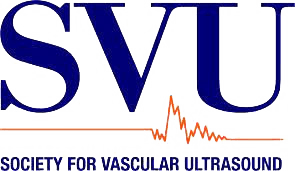Call to schedule your Vein Screening today! (267) 627-1500
What is Ambulatory Phlebectomy?
When one is undergoing treatment for symptomatic varicose veins that failed conservative therapy with leg elevation, exercise, weight loss, NSAIDs for pain, and compression stockings, several procedures are available for treatment. A duplex venous ultrasound map will demonstrate which veins are abnormal and allow your vein specialist to target the appropriate veins for treatment. Commonly, the first stage usually involves treating saphenous vein incompetence with ablation techniques such as endovenous laser, radiofrequency, or adhesive ablation. But once that is completed, what treatments are available to remove those persistent, large, painful varicose veins?
As your physician or surgeon will explain, the great or small saphenous vein requires treatment before the more obvious large varicose veins are targeted, as their very presence is due to that saphenous vein abnormality. Once this is addressed, the branch/tributary veins can be treated with complementary procedures such as ultrasound guided foam sclerotherapy, a commercial product called Varithena, or ambulatory phlebectomy.
Ultrasound guided foam sclerotherapy (UGFS) and Varithena are similar minimally invasive treatments and involve injecting a medication directly into the abnormal tributary vein. Veins with abnormal diameters between 3-6mm can be effectively treated with this modality. However, in some instances, vein diameter and burden of veins may see this treatment carry a prolonged treatment course. The veins may be very slow to resolve. Sometimes, the treated veins can feel quite lumpy and remain uncomfortable as they heal and require small drainage procedures to remove trapped blood. In other instances, the skin overlying the treated veins may become discolored, called hyperpigmentation. While each of these issues does resolve with time, some patients may find this process troublesome.
Ambulatory phlebectomy is an alternative treatment option. It is a minor surgical procedure that can be easily performed in an office setting under local and tumescent anesthesia. Small skin incisions are made in the anesthetized regions, the veins snared with a hook, removed, and the incision closed with a Steri-strip or suture. Phlebectomy is useful for veins that are quite large and superficial, and avoids the slow resolution time, need for removal of trapped blood, and hyperpigmentation than can occur with foam injection treatments. While more invasive than injection therapy, the vein is immediately removed, the 2-3mm incision sites heal quickly, with only a day or two of recovery in experienced hands.
At Precision Vein Care, we provide several modalities for saphenous vein ablation as well as several complimentary treatments for the visible veins, including UGFS, Varithena, and phlebectomy. Call today to discuss your symptoms and treatment options.


QUICK LINKS
CONTACT
Lansdale
1000 Walnut Street
Suite 116
Lansdale, PA 19446
Bethlehem
5325 Northgate Drive
Suite 202
Bethlehem, PA 18017
Precision Vein Care | All Rights Reserved






